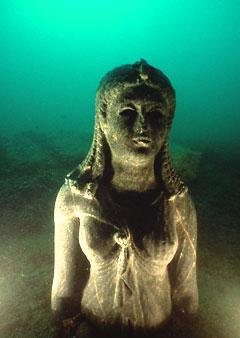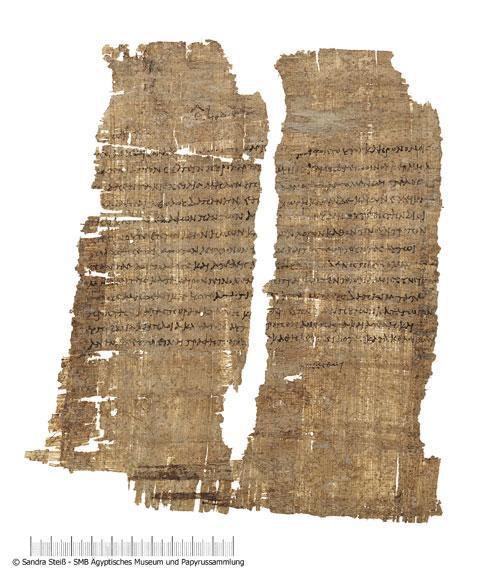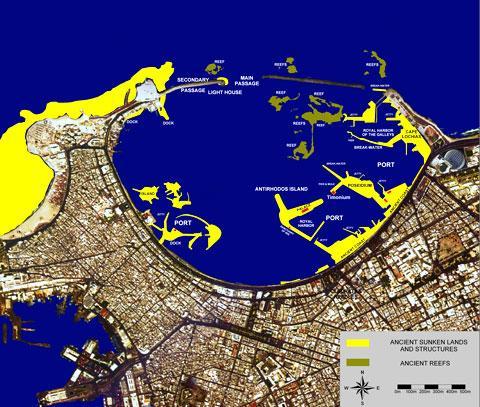Advertisement
The Age of Cleopatra
ResumeThe real Cleopatra. A new exhibit opens at the Franklin Institute in Philadelphia. (Click here to see images.) We get the inside story.

Our tales of Cleopatra are as exotic and delicious as mythic history gets. Queen, murderer, vixen, mystic.
Lover of Julius Ceasar and Marc Antony. Cunning, carnal link between East and West.
She was Egypt’s last Pharaoh. The Romans courted and smeared her. Shakespeare made magic with her suicide.
Hollywood made her Elizabeth Taylor.
Now, a big new exhibit of artifacts pulled from sunken cities makes her live again, with new clarity and force.
This Hour, On Point: we go back to the age of Cleopatra, Egypt’s last Pharaoh queen.
-Tom AshbrookGuests:
David Silverman, guest curator of "Cleopatra: The Search for The Last Queen of Egypt," an exhibit at the Franklin Institute in Philadelphia. The show, from National Geographic, runs through Jan. 2, 2011.
Joyce Tyldesley, archaeologist, Egyptologist and lecturer at the University of Manchester in Britain. She's author of "Cleopatra: Last Queen of Egypt."
Franck Goddio, underwater archaelogist who discovered two lost cities off the Egyptian coast. Some of the artifacts featured in the new Franklin Institute exhibit are from his archaelogical work.
More:
Here is a papyrus featured in the Franklin Institute exhibit. It's signed by Cleopatra:

And here is a map of Alexandria overlayed with new sites identified as part of the ancient world in Cleopatra's era:

This program aired on June 16, 2010.